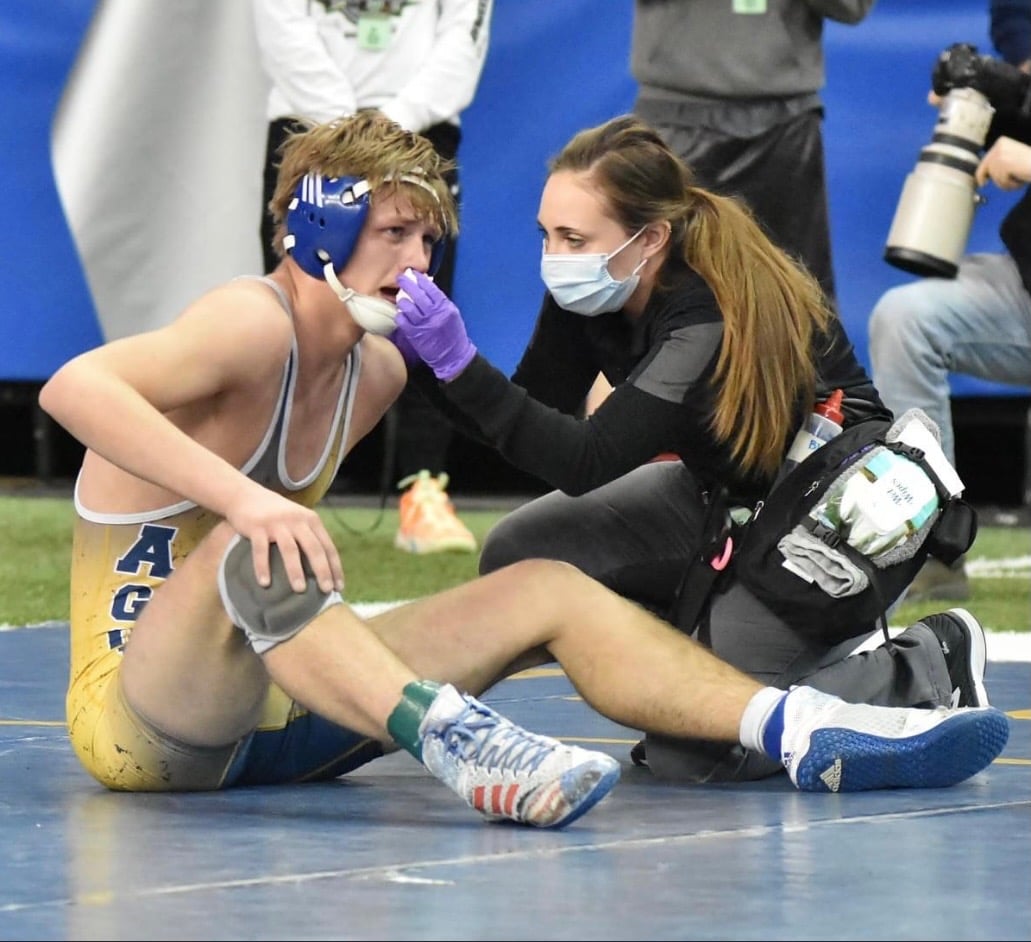Who's Liable for Youth Sports Injuries?
As even high school sports become increasingly competitive, sports injuries are on the rise. Patricia L. Harman of PropertyCasualty360.com takes a look at recent statistics and liabilities that could come into play for coaches, athletic trainers and anyone working with athletes who are injured during practice or on the field.
As youth sports become more competitive, the risk of injuries is growing, impacting healthcare costs and raising liability issues.
A report released last month by Safe Kids Worldwide, a non-profit advocacy group, provided a look at the impact sports injuries are having on today’s youth. According to the report, 1.24 million children were seen in emergency rooms for sports injuries in 2013 – that averaged out to 3,397 a day, 141 per hour and one every 25 seconds.
The study surveyed 1,000 athletes in seventh through 10th grade, 1,000 coaches and 1,000 parents. Children aged 13-15 had the largest number of injuries and 90% of the athletes said they were injured while playing a sport. The top injuries were:
- Sprains & strains – 37%
- Dehydration – 24%
- Broken/fractured bones – 13%
- Concussions/head injuries – 12%
No sport is immune to injury. Ankles are the most frequently injured part of the body, followed by head injuries and fingers. The most common injuries are strains/sprains (451,480); fractures (249,500), bruises/contusions (210,640) and concussions (163,670).
And athletes are more willing than not to play injured and not tell their coaches or parents. Fifty-four percent of athletes say they have played injured because they didn’t want to be benched, didn’t want to let their team down or they didn’t want to miss an important game.
Several years ago, Tyler, a young lacrosse player broke his foot falling from a tree. He iced it, taped it up and played in a lacrosse game the next day. He scored eight goals and led his team to victory before telling his coach or parents that he was injured. This story illustrates the statistic that 42% of athletes have hidden or down played an injury so they could keep playing.
Amazingly, 53% of the coaches surveyed said they feel pressure from parents or players to put an injured athlete back into a game.
Safe Kids Worldwide collected hospital emergency room reports from 2012 and identified the 10 most popular sports and the number of injuries among athletes 19 and under. Contact sports led the list, but even individual sports like gymnastics, track and field have their share of injuries.
Football – 394,350
Basketball – 389,610
Soccer – 172,470
Baseball – 119,810
Softball – 58,210
Volleyball – 43,190
Wrestling – 40,750
Cheerleading – 37,770
Gymnastics – 28,300
Track & field – 24,910
All of these injuries raise the question – who can be held liable when an athlete is seriously injured?
A number of court cases illustrate the legal duty of care for those involved in conducting physical activity programs for athletes of all ages. Regardless of whether it is a school program, a recreation council event, or a program sponsored by another entity, there are legal duties involved in educating and protecting participants that include:
- Providing adequate instruction on the activity – this includes training, an explanation of the basic rules and procedures, suggestions for proper performance and an identification of the risks involved.
- Supplying proper, necessary and appropriate protective equipment – for contact sports this might include helmets and mouth guards, chest protection for catchers and the like.
- Making a reasonable effort to match the participants (e.g., height, weight, size, skill) to reduce the risk of injury to players having to compete against athletes who are substantially larger or more aggressive.
- Providing appropriate supervision for the age group and event.
- If someone is injured, providing proper post-injury care to prevent aggravating the injury any further.
Coaches, whether professionals hired by an educational institution or volunteer parents coaching for the local rec council, are expected to provide reasonable instruction and preparation to their players. This involves the rules of the game, the risks and the proper use of protective equipment.
In Leahy v. School Board of Hernando County (1984) a freshman football player did not receive a helmet and mouth guard because of a lack of equipment at his school. He was still expected to participate in what were called “non-aggressive” agility drills against other players who were wearing protecting equipment. He suffered facial injuries and his front teeth were shattered.
The court found this was a foreseeable consequence because of the failure to provide the appropriate protective gear and give the players cautionary instructions concerning contact with unprotected students. The school was found liable for failing to exercise reasonable care to protect the student. In addition, the court found that the alleged negligence of the other player was a “foreseeable consequence,” since the coach failed to provide the appropriate precautionary instructions and did not appropriately supervise the activity.
Players may also be held responsible for injuries they sustain or impart on other players. Obviously, responsibility depends on the age of the player. The level of supervision required for a team of seven-year-olds is significantly different from what is required for a team of varsity athletes.
In Beckett v. Clinton Prairie School Corp. (Ind. 1987), an 18-year-old baseball player was injured when he collided head-on with another player as they practiced a fly ball drill. The court said the appropriate standard is “whether a defendant exercised his duty with the level of care of an ordinary prudent person under the same or similar circumstances.” The court recognized that this responsibility would vary depending on the age of the players, but in this instance found that the injured player (the plaintiff) could understand the risk of colliding with another player while chasing the fly ball.
Since the coach had warned the players about the risks of such a collision, the court found that the plaintiff had assumed the risk of injury in this case.
Other examples of possible liability include:
A football coach who teaches improper tackling techniques that could cause injury to either player.
A coach who knows that a player has sustained a concussion and still allows the athlete to go back into the game and play while injured.
A cheerleading coach who allows dangerous routines to be practiced without appropriate spotters, safety or training methods and equipment.
What does insurance cover?
Health insurance will usually cover medical expenses directly related to the injury, but not the costs associated with rehabilitation, home care for paralyzed athletes, expenses for special equipment (e.g., wheelchairs, adjustable beds, special handicapped vans, lifting devices). Insurance also does not cover the loss of future income or pain and suffering
Many of these young athletes are competing for scholarships. Division 1 and 2 schools award in excess of $2 billion a year in scholarships. A severe injury could cost an athlete over $200,000 towards a college education. However, there is a new insurance product available, Education ProtectorSM, that provides tuition reimbursement in the event an athlete is injured during the period between when the verbal offer is extended and the formal signing of the letter of intent from an NCAA Division 1 or 2 school.
Initially the policy is only available in California, but it is expected to be offered in other markets across the country.
Keeping Kids Safe
Safe Kids offers several recommendations for reducing the incidence of injuries in student athletes:
- Involve parents, coaches and athletes in the discussion concerning ground rules and how the team will treat injuries.
- Teach athletes how to prevent injuries with proper training, techniques, warm-up exercises and stretches.
- Encourage athletes to report injuries immediately. Don’t allow injured athletes to continue to play.
- Discourage rule breaking and dirty play. Call fouls that can cause injuries.
- Teach athletes injury prevention skills and encourage coaches to pursue CPR and AEC certifications.



.webp)


